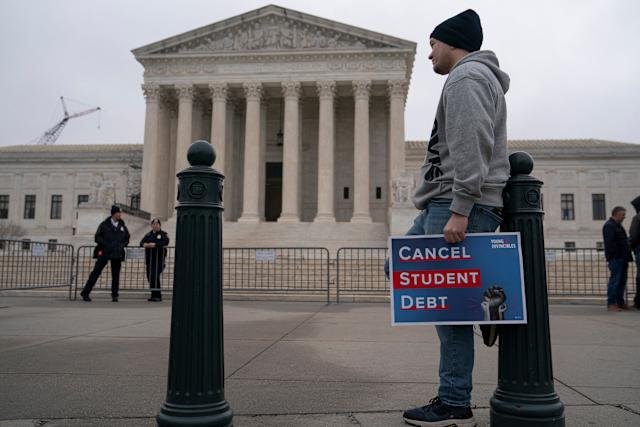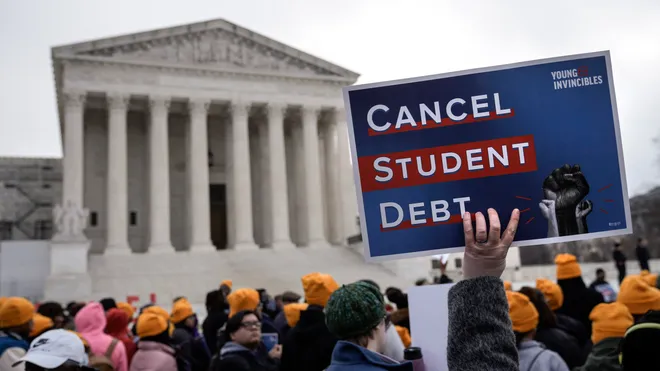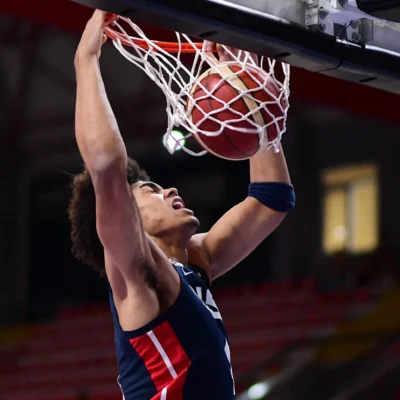The PSLF future—Public Service Loan Forgiveness—has become one of the most quietly fought and deeply significant issues for millions of student loan borrowers. The battle over this program’s survival didn’t happen with protests or headlines. Instead, it played out in quiet policy shifts, legal reviews, and hushed negotiations between federal officials and lawmakers.
And yet, after all the anticipation, the future of PSLF still feels unresolved. No official announcement. No major legislative change. Just silence.
So what exactly happened behind the scenes, and why does it feel like nothing was really decided? This article breaks down how the quiet battle over the PSLF future unfolded—and why borrowers are still left without clear answers.
What Is PSLF and Why Is It So Important?
The Public Service Loan Forgiveness (PSLF) program was created in 2007 with a simple goal: forgive student loans for borrowers who work in public service jobs after making 120 qualifying payments (10 years). That includes teachers, nurses, nonprofit employees, military service members, and more.
The program was meant to reward those who chose service over salary. In theory, it offered life-changing relief for those saddled with educational debt but committed to helping others.
But in reality, PSLF has been riddled with problems:
- Poor communication between servicers and borrowers
- Miscounted or disqualified payments
- Loan types that didn’t qualify
- Borrowers doing everything “right,” only to be denied
This led to national frustration, lawsuits, and government reviews. The Department of Education responded by rolling out temporary fixes and reforms, but the long-term PSLF future remained unclear.
The PSLF Future Was Quietly on the Chopping Block

Many borrowers didn’t realize that the PSLF program was on thin ice.
During the Trump administration, the Department of Education proposed ending PSLF altogether for new borrowers. Budget proposals repeatedly included plans to eliminate the program.
Congress didn’t follow through—but the threat loomed. Even under the Biden administration, where there was more support for forgiveness, the focus shifted to broader relief and one-time cancellation efforts. PSLF didn’t get the attention it needed.
Behind closed doors, several changes hinted that PSLF’s place in the federal loan system might be shrinking:
- Talks about simplifying federal loan repayment plans
- Proposals for income-driven repayment (IDR) to take center stage
- Little legislative interest in permanently strengthening PSLF
In policy circles, some experts quietly argued that PSLF was too messy and needed to be phased out. Others said it was essential to keep attracting talent to underserved jobs. But there was no public showdown—just slow drift.
Temporary Fixes, but No Permanent Plan
In 2021, the Department of Education announced a Limited PSLF Waiver, allowing borrowers to count previously ineligible payments and get back on track. It helped over 800,000 people move closer to forgiveness.
In 2022, the Fresh Start Initiative and IDR Account Adjustment again gave PSLF borrowers hope. Some saw their entire loans forgiven. Others received new counts toward the 120-payment threshold.
But none of these fixes were permanent. They were time-limited waivers or administrative adjustments. The core PSLF program—the rules, requirements, and forgiveness promises—remained mostly unchanged.
And despite all the improvements, the Department has not pushed through lasting legal reforms that lock in these changes for future borrowers.
Why the PSLF Battle Never Became a Public Fight
So why didn’t the battle over the PSLF future become a major issue in Congress or the media?
It’s Too Complicated
The rules around PSLF are confusing even for experts. Between Direct Loans, FFEL loans, qualifying payments, eligible employers, and repayment plans, many Americans tune out.
It Affects a Niche Group
Although millions are eligible, PSLF applies only to those in public service. It doesn’t resonate with everyone—especially people in the private sector who see no benefit.
Other Loan Forgiveness Efforts Took Over the Headlines
The Biden administration’s one-time debt cancellation proposal dominated the public conversation. When that was struck down by the Supreme Court, attention shifted to new IDR plans and SAVE repayment options—not PSLF.
Both Parties Are Divided
Some Republicans want PSLF gone entirely, calling it unfair or too expensive. Some Democrats support it but prioritize broader forgiveness or tuition-free college. There’s no united front on either side.
So the battle remained quiet. And the future remained uncertain.
Borrowers Left in Limbo
For the people directly affected, the silence is frustrating and scary.
Imagine working 10 years in a low-paying public service job, making on-time payments, and relying on a promise that may never fully materialize.
Some borrowers received forgiveness after the waiver. Others are months away from hitting the 120-payment mark. Many are unsure whether future payments will count, or whether the program will still be around in five years.
They’ve followed the rules. But the rules keep changing—or disappearing.
Here are some of their most common concerns:
- Will PSLF still exist in five or ten years?
- Are temporary waivers enough to fix the system long-term?
- What if future administrations reverse the current policies?
- Should new grads even bother planning for PSLF?
These questions still don’t have clear answers.
The Legal and Political Deadlock
Lawmakers have tried—but failed—to pass long-term protections for PSLF.
The What You Can Do for Your Country Act, a bipartisan bill introduced several times, aimed to simplify and codify the PSLF rules. But it stalled in committee each time.
Meanwhile, the courts have weighed in on related loan forgiveness issues but have not directly addressed PSLF’s legality or permanence.
In other words, no one wants to be the one to kill PSLF. But no one seems willing to secure its future, either.
The Rise of SAVE and the Shift in Focus
In 2023, the Department of Education launched SAVE (Saving on a Valuable Education)—a new income-driven repayment plan with more generous terms than previous plans.
SAVE offers:
- Lower monthly payments
- Faster forgiveness for small balances
- Protection against unpaid interest growing the loan
While SAVE was a major win for many borrowers, some experts noted a subtle shift: PSLF is no longer the only path to forgiveness. SAVE, in a way, could make PSLF less essential.
This makes the PSLF future even murkier. If other forgiveness options are more accessible and reliable, will the government quietly retire PSLF altogether?
What Borrowers Should Do Now

With all this uncertainty, here’s what PSLF-eligible borrowers can do:
Stay Enrolled in PSLF
If you qualify, don’t give up. Continue certifying your employment and making payments.
Track Your Progress
Use the PSLF Help Tool and keep copies of all your forms, communications, and payment history.
Take Advantage of IDR Adjustments
Ensure your account is reviewed under the IDR Account Adjustment program, which can credit past payments—even partial or late ones.
Stay Updated
Subscribe to updates from the Federal Student Aid (FSA) website. Policy changes happen quietly, so staying informed is crucial.
Conclusion: A Battle That Never Truly Ended
The fight over the PSLF future may not have made headlines, but its impact is massive. For public service workers who built their financial plans around forgiveness, the current silence is deafening.
Instead of clear direction, they’re left with patchwork fixes, temporary waivers, and a program that feels more like a promise than a guarantee.
As of now, PSLF still exists—but it’s a fragile existence. The need for stronger, lasting protections is more urgent than ever.
Until then, the quiet battle continues—not in Congress, but in the inboxes, servicer calls, and uncertain hopes of millions of borrowers.
Read Next – US Trade Deals Before Tariff Deadline: Trump Officials Signal Progress





